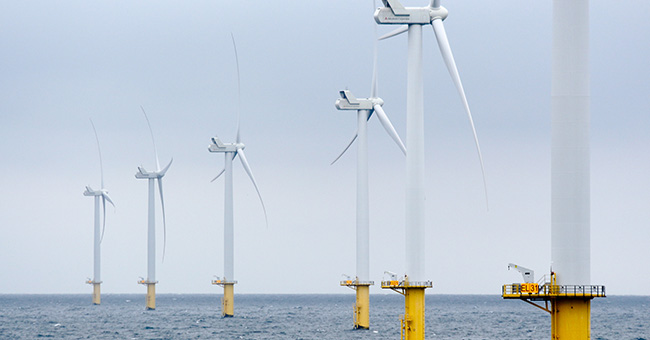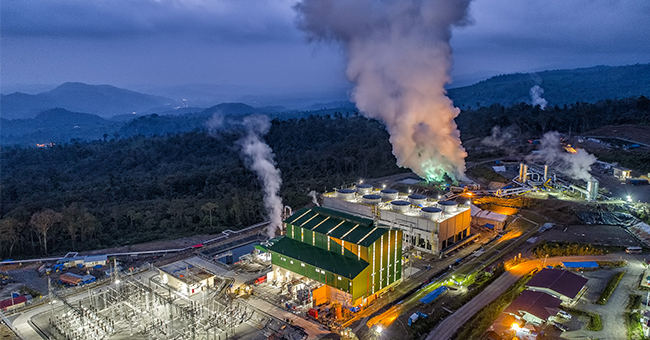Our Long-term Strategy and Medium-term Business Plan – INPEX Vision @2022
In January 2021, we laid out a Business Development Strategy as a roadmap for our role in helping to achieve a net zero society by 2050. This provided a basis for the subsequent development of our Long-term Strategy—which outlines our specific ten-year strategy for advancing energy transition toward our 2030 goals—and our Medium-term Business Plan—which outlines concrete actions to be taken from 2022 to 2024.
In this Special Report, we highlight our core policy to help usher in a net zero society by 2050, and our vision for where we aim to be in 2030. Additional information on INPEX Vision @2022 can be found on our webpage.
Basic management policy towards a net zero carbon society by 2050
1 (1) Hydrogen/ammonia, (2) Reduce CO2 emissions from oil & gas operations (CCUS*), (3) Renewable energy, (4) Carbon recycling/new business, (5) Forest conservation
* Carbon dioxide Capture, Utilization and Storage
Vision for around 2030
Transforming our “net zero carbon” concept from ideal to reality by 2030 is critical on our journey towards a net zero carbon society in 2050.
We will continue our efforts to provide a stable supply of oil and natural gas, which—in light of current socioeconomic trends—will remain indispensable energy sources. Natural gas is expected to generate robust demand in the coming years, particularly in Asia. To make our natural gas operations cleaner, we will introduce CCUS projects while also working to strengthen and expand our revenue base.
Leveraging the resulting steady cash flow, we will establish roughly 20% of all new investments under the five net zero business areas (hydrogen & ammonia, renewable energy, methanation, etc). This will drive the commercialization of projects in those businesses, enabling us to establish firm footholds in their respective markets. Through these efforts we will construct the balanced business portfolio needed to achieve our 2030 climate change goal of reducing our net carbon intensity by 30% or more compared to our FY2019 level.
2 Estimates based on the assumption of a Brent oil price of USD 60-70 per barrel
3 Ammonia volume shown in hydrogen equivalent
4 Hydrogen that is produced by splitting water using electricity generated from renewable energy
5 Concept defined at the 2010 United Nations Climate Change Conference that augments REDD (Reducing Emissions from Deforestation and forest Degradation) with the active prevention of forest degradation through forest management and enhancement of carbon stocks through forestation.
6 Inclusive of midstream and downstream business, etc.
Initiatives in the five net zero businesses, crude oil and natural gas business, and toward structural improvement
7 Equivalent to approx. 200 thousand households


Centralize business portfolio by setting core business areas
- Focus on Australia, Abu Dhabi, Southeast Asia, Japan and Europe as new core business areas, and improve efficiency by centralizing business assets in these areas
- Expand core business area operations beyond the existing oil & gas business to also include initiatives in the five net zero businesses and pursue synergies by leveraging business foundations such as existing business assets, networks and technologies
